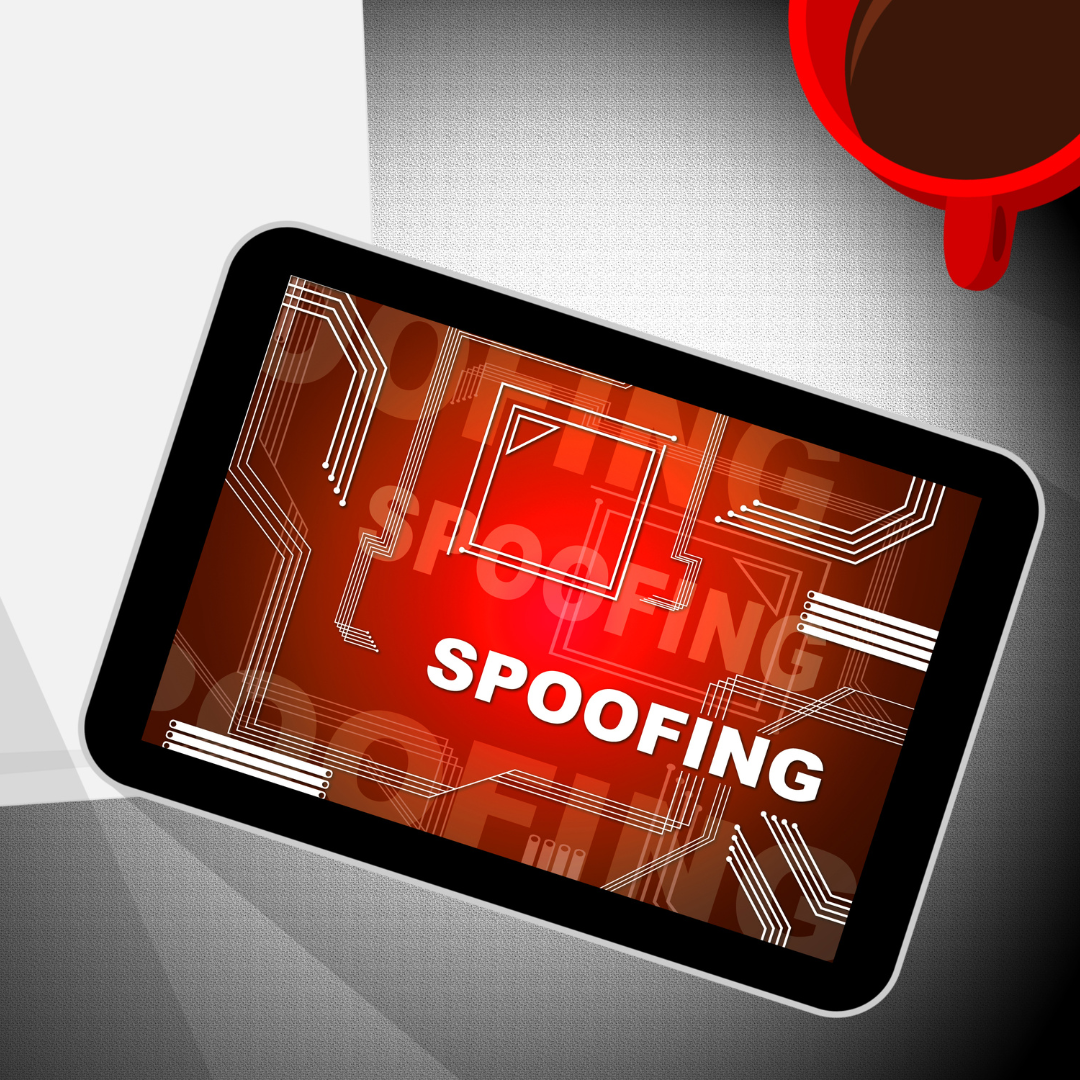Blog


Thursday
9
MARCH
2023
Winnipeg Mortgage Brokers Explain Spoofing

March is Anti-Fraud
month here in Canada. One fraud that is becoming more and more common is called
“spoofing”. Spoofing is used by fraudsters to mislead victims and convince them
that they are communicating with legitimate people, companies, or
organizations. Here are the main types of spoofing used by fraudsters:
Caller
ID spoofing
Fraudsters have the
ability to manipulate the phone number appearing on call display either by call
or text message. Fraudsters can display legitimate phone numbers for law
enforcement agencies, financial institutions, government agencies or service
providers.
Email
spoofing
Similar to Caller
ID spoofing, fraudsters can manipulate the sender’s email address in order to
make you believe that the email you’re receiving is from a legitimate source.
Website spoofing
Fraudsters will create fraudulent websites that look legitimate. The fake
websites can pretend to be a financial institution, company offering employment,
investment company or government agency. In many cases, fraudsters will use a
similar domain/website URL to the legitimate company or organization with a
minor spelling difference.
Protect
yourself from spoofing by:
- Never assume that
the phone numbers appearing on your call display are accurate
- Hang up and make the outgoing call when someone claims to be contacting you
from your financial institution, service provider, law enforcement or
government agency
- Call the company or agency in question directly, if you receive a text message
or email. Make sure you research their contact information and don’t use the
information provided in the first message
- Never clicking on links received via text message or email
- When visiting a website, always verify the URL and domain to make sure you are
on the official website.
Remember,
scammers can target any Canadian or Canadian business. Protect yourself, don’t
give out personal information, do your research, think twice, don’t be afraid
to say no, and protect your online accounts with strong and unique passwords.
Source:
Canadian Anti-Fraud Centre